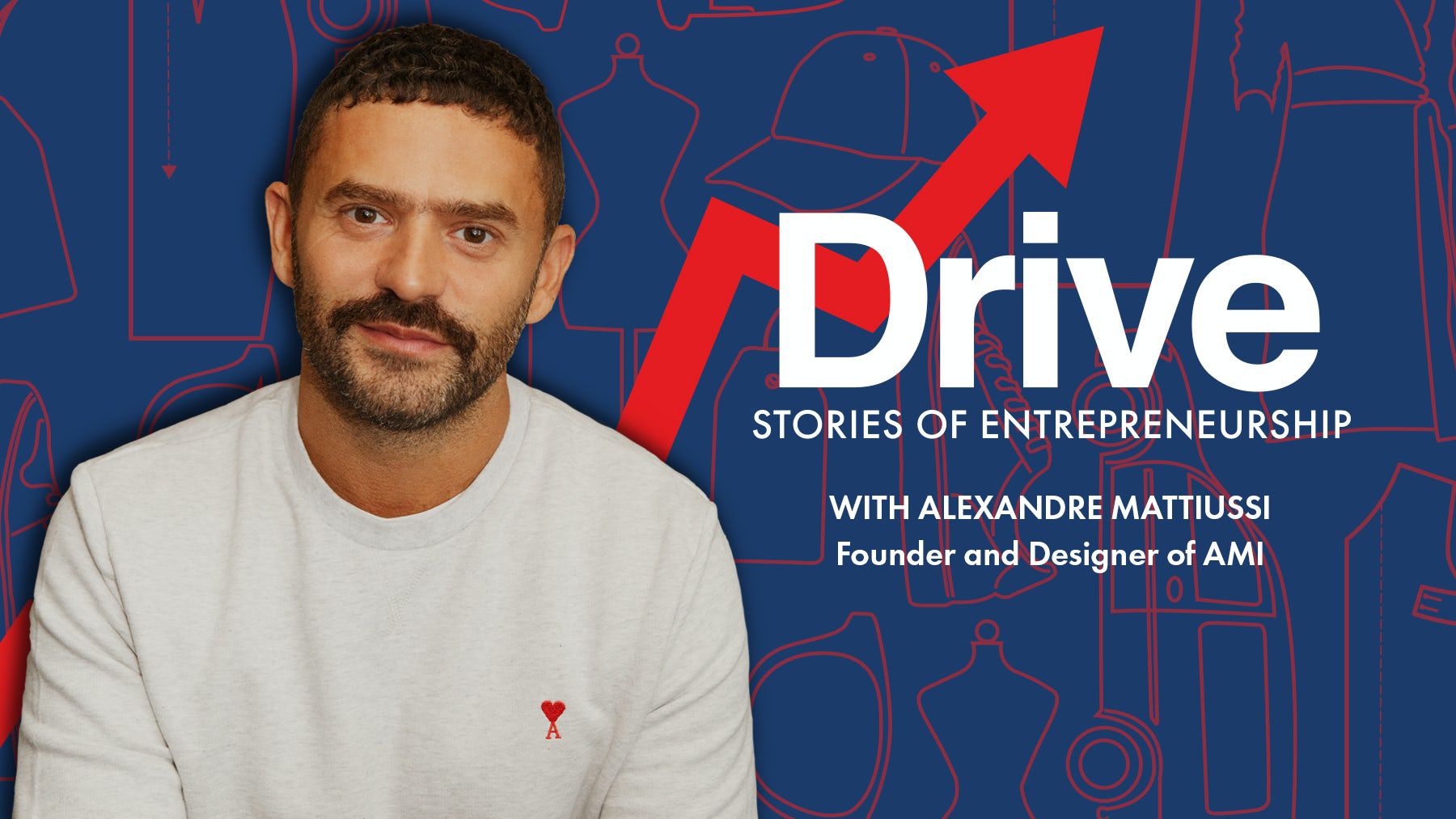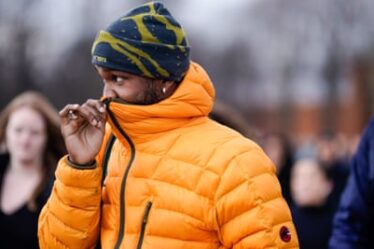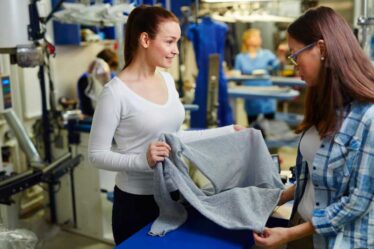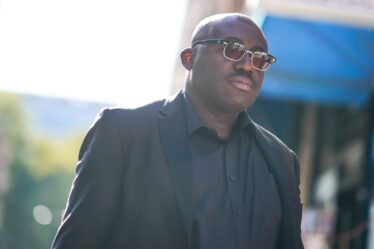
LONDON, United Kingdom — Welcome to episode four of Drive, BoF’s new podcast series featuring fashion’s most dynamic entrepreneurs discussing the special kind of resilience it takes to build a global fashion business, delivered by DHL.
Having studied at Duperré School of Applied Arts in Paris, Alexandre Mattiussi began his career working in the design teams of Dior Homme, Marc Jacobs and Givenchy — where he co-led the team before the arrival of Riccardo Tisci in 2008.
“It couldn’t happen today,” says the designer. “It was 14 years ago. There was Tuomas Merikoski from Aalto, another guy, a collection director and some interns. That was it.”
“I was lucky enough to be in that little house, because Givenchy was a really little house at the time. Marco Gobbetti was really nice to us, inviting us to all the meetings — even if I didn’t need to be in it, he would say, ‘Come with me.’ I was part of communication meetings, marketing meetings…”
It was a formative time for Mattiussi. “We learned how to build a collection. We worked on price points, pricing is really important even if it’s luxurious,” he explains. “The cost of fabrication. The way the production team helped us to make it happen.”
Before his time in-house, Mattiussi had initially launched the AMI brand as a shirt business. “No team, all by myself going to Limoges in the centre of France [where the shirts were produced]. I was selling maybe 800 shirts per season. It was not growing because I was not ready for it and I was not organised [enough] to make it happen and make it grow,” he explains. Mattiussi closed the business in 2002 to make time for his role at Givenchy.
Nearly a decade later, when Mattiussi was working at Marc Jacobs, he decided to give AMI a second try — with a clear market positioning strategy as an affordable luxury brand.
“I was working for big houses — Givenchy, Marc Jacobs — and as a customer, I couldn’t afford the designs I was doing. This was the starting point. I said to myself, ‘Okay. I’m doing a €2,000 sweater in cashmere. I’m sketching and designing a €1,000 jacket.’ It was super creative, all super expensive, and super luxurious. I said, ‘Okay. It’s completely disconnected with me, and I’m a designer. I should be the one who could wear, or afford, these designs.’”
Today, the brand has over 300 stockists including Selfridges, 10 Corso Como and Saks Fifth Avenue, along with its own boutiques in Paris, Tokyo, London and Hong Kong. “You can meet fantastic people, do great interviews, have beautiful features in a magazine. But for me, the most important thing is to please a client. Clothes cost a lot of money, even if you try to make it affordable.”
“The advice I give to anyone who is starting a business is this: money could be a trouble very, very easily and very quickly. Your business is like a plant — you need to put water, or money, on it every day. If you don’t, it dies. The first year [in business] costs a lot of money. You have the shows, you have the prediction, you have the company set-up, the press, everything. It costs a lot of money. So, you have to prepare yourself for success,” says the designer.
It is that ability to adapt to new challenges and opportunities, as well as a special kind of passion, resilience and discipline, that create a sustainable global enterprise. Something we call Drive.
We hope you enjoy Episode 4!
To subscribe to Drive please follow this link.
To contact The Business of Fashion with comments, questions, or speaker ideas please e-mail podcast@businessoffashion.com.



